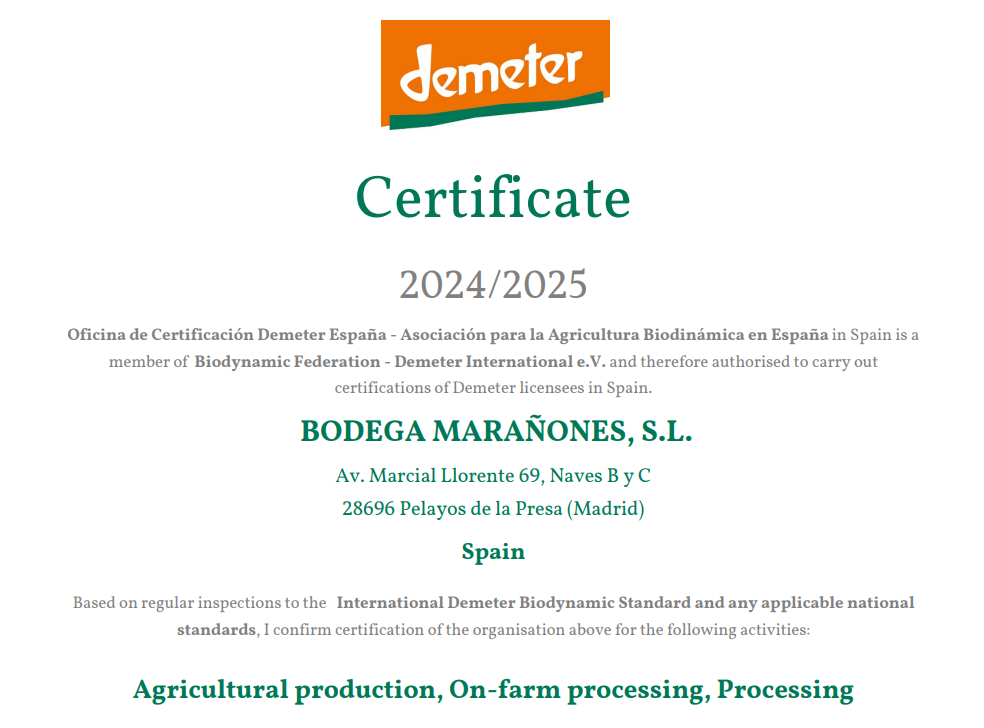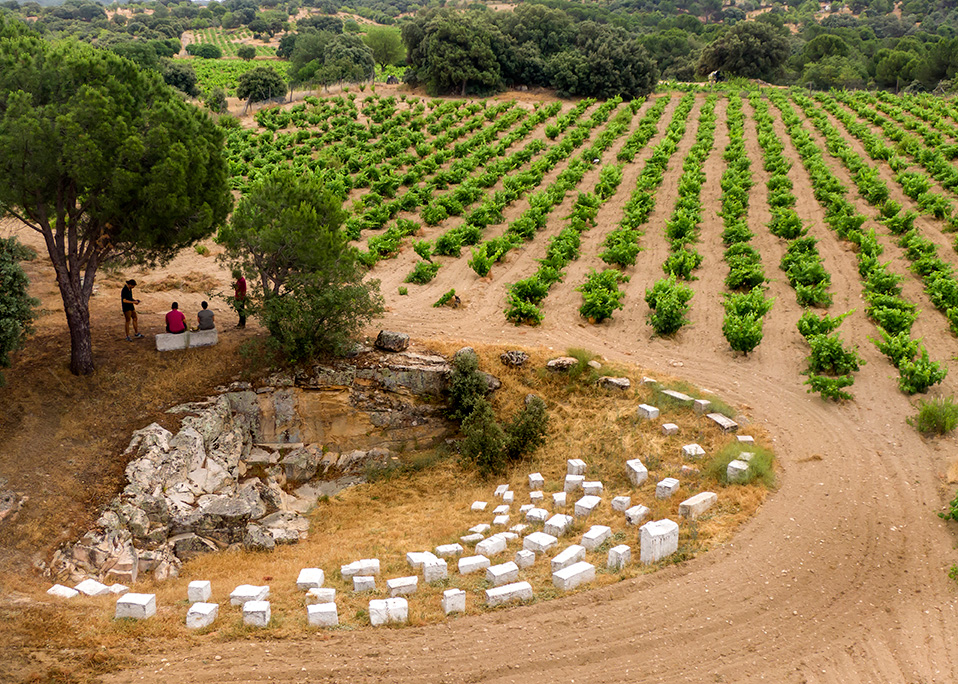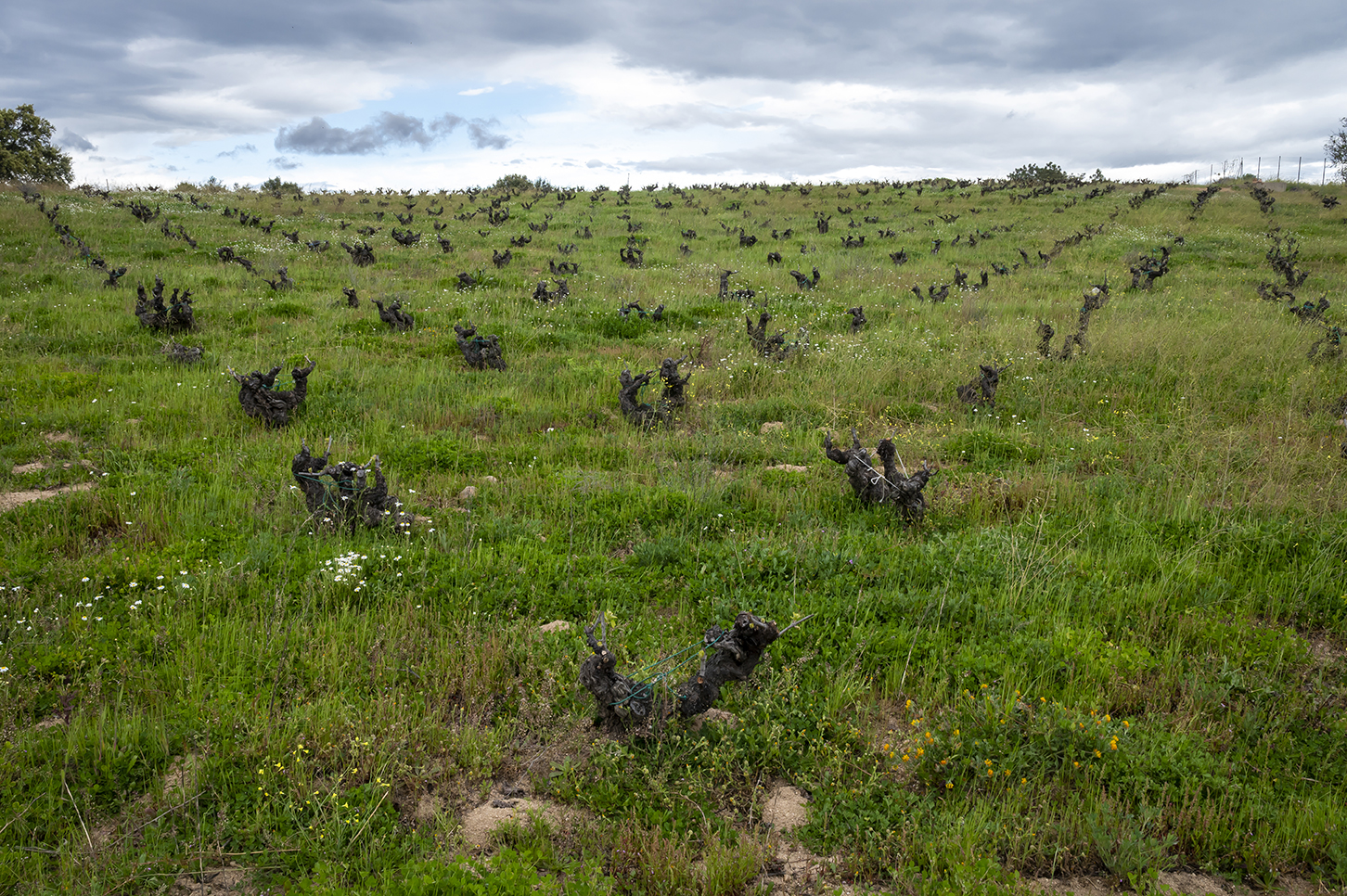
Bodega Marañones has verified, through the VITICOS project, the positive effect of plant covers on the capacity to increase organic carbon in the soil of an organic and biodynamic vineyard in the context of climate change.
The VITICOS research and development project, which we have developed at Bodega Marañones, demonstrates the importance of knowing and understanding soil profiles in the vineyard. Thanks to this knowledge we can implement different management techniques in the vineyard and avoid the loss of soil organic carbon, COS, which can occur in the face of climate change with associated phenomena such as heavy rains, which are becoming more frequent. Specifically, through this study, the Alma Carraovejas project in the Sierra de Gredos in Madrid, we have analyzed the effect that plant covers, both sown and spontaneous and bare soil, can have on the ability to increase soil organic carbon in plots with different degrees of slope on the ground. The results obtained show that organic fertilization practices keep the COS content increasing significantly during spring.
First, a pioneering study was carried out in the area on the different soil profiles in the vineyard. An action that has allowed, on the one hand, to know the depth, textures and the great variability of soils found in the vineyards of the Sierra de Gredos, in San Martín de Valdeiglesias; and, on the other hand, to identify and quantify the initial level of organic carbon stored in the soil and check its evolution over time after adopting agricultural practices to prevent soil erosion, both at the level of organic and ecological fertilization and plant covers.
Specifically, the VITICOS project has analyzed the impact of cover crops on three test plots. In each one of them, different techniques of organic fertilization and covers sown with rye, due to its good adaptation to frost and its rooting capacity that helps to reduce soil erosion, as well as with vetch, a leguminous plant capable of fixing atmospheric nitrogen to the soil and spontaneous covers from the natural propagation of seeds in the area, have been established. All this helps to improve soil structure, increase porosity, water infiltration and gas exchange, which has been reflected in a decrease in soil erosion since the implementation of the trial.
According to data obtained in the study, organic carbon in the vineyard of Bodega Marañones amounts to more than 400 tons, i.e., it has a stock of 20 tons per hectare, and it has been demonstrated that soil management practices such as mulching maintain the organic carbon content of the soil.
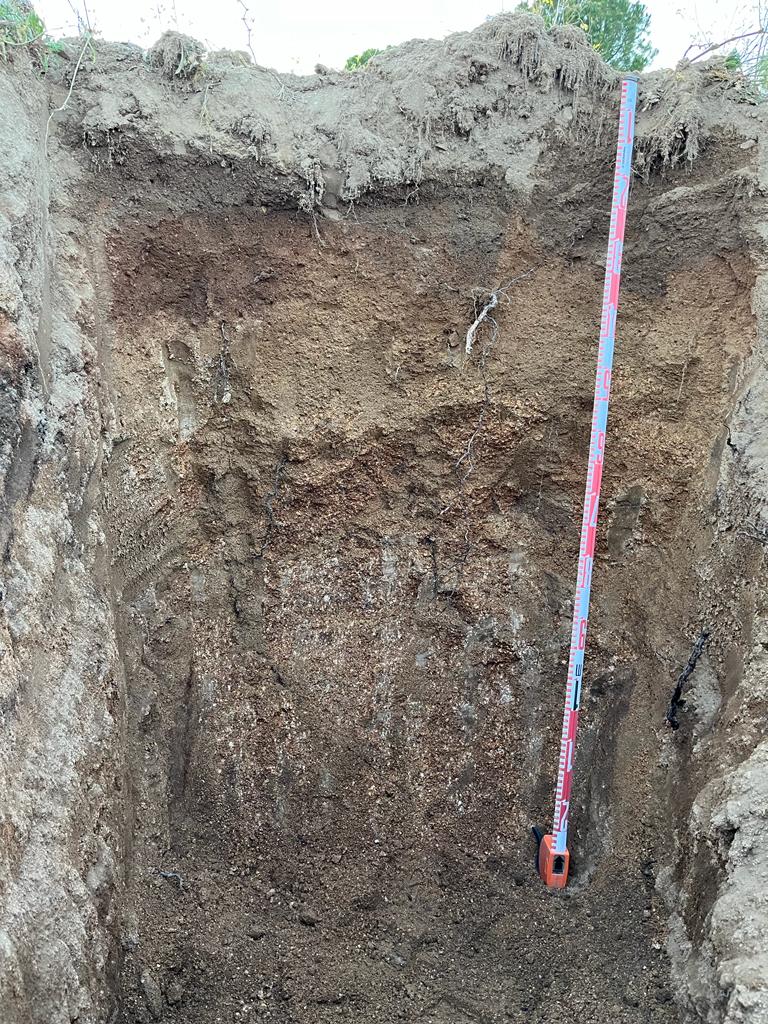
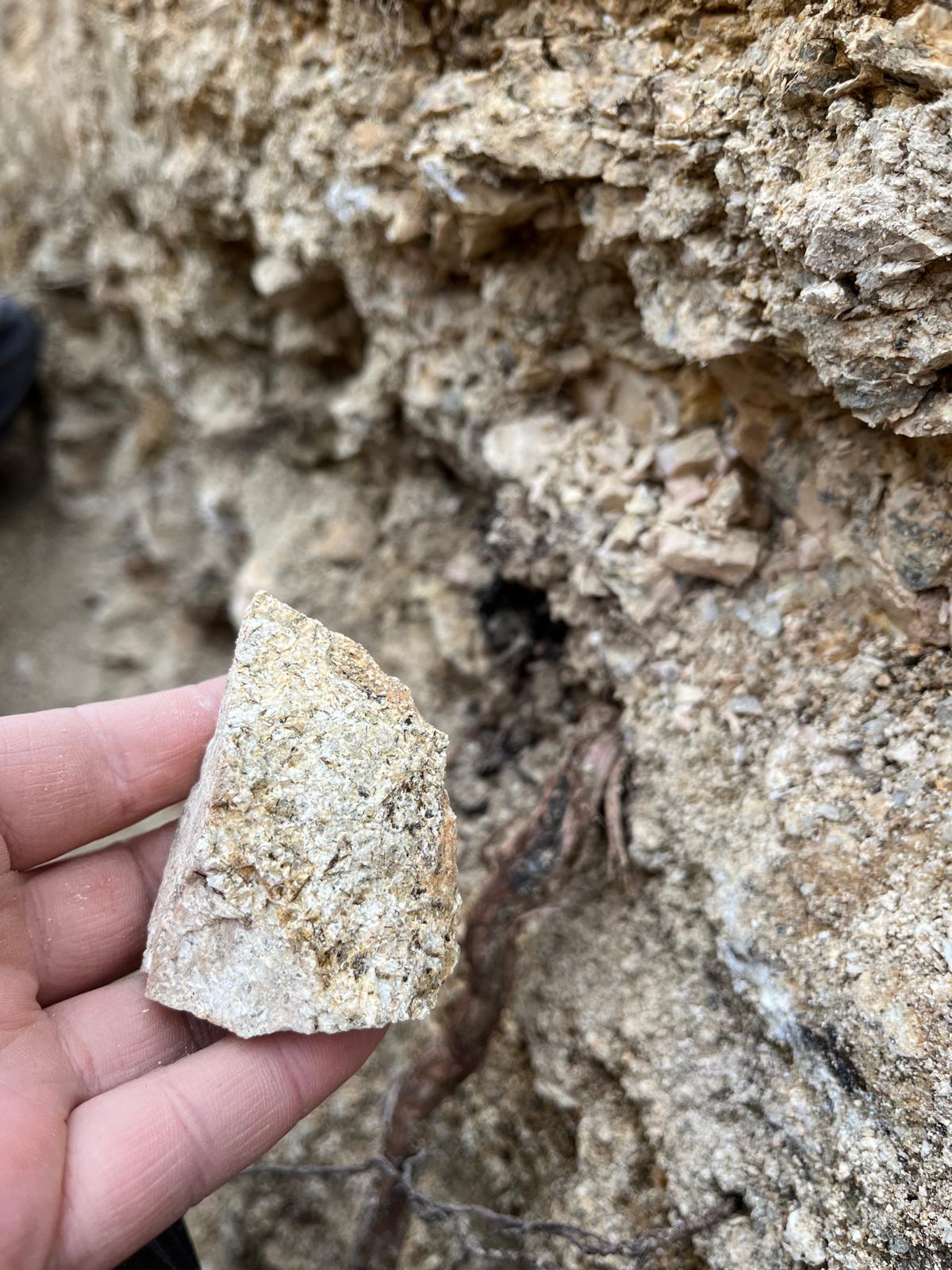
Organic carbon favors soil aggregation and intervenes in the distribution of pore space, which affects various physical properties such as usable moisture, air capacity and movement of water and gases; it influences chemical properties in the buffering capacity of the soil pH reaction; and biological properties by acting as an energy source for heterotrophic organisms. Conventional agricultural soil management, with intensive use of plowing, promotes the release of carbon into the atmosphere, while sustainable, ecological and biodynamic use favors the accumulation of carbon in organic forms within the soil.
In parallel, we have studied the medium and long term climate projection based on historical information taken from weather stations in the area. The results foresee an increase in annual maximum temperatures with episodes of heat stress. As for frosts, they are expected to decrease and to be milder, although strong or very severe frosts may appear sporadically. Likewise, in the future scenario, more extreme precipitation and periods of more pronounced deficits are projected.
The soils of the Bodega Marañones estate
The Bodega Marañones estate is made up of 25 hectares of vineyards, distributed, according to this study, in seven different soil types, where the TYPIC HAPLOXEREPT subgroup is the most abundant fraction. These soils are characterized by being young, poorly developed soils, with the presence of shallow bedrock in which there are no superficial diagnostic horizons. Despite their limited development, depending on the characteristics of the parent material and its degree of weathering, they can be deep soils, of great interest for the establishment of a long-lived vineyard that can comfortably deploy its root system.
The project has been funded by the Madrid Institute for Rural, Agricultural and Food Research and Development (IMIDRA) and has had the collaboration of the Soil Quality and Environmental Applications Research Group of the Complutense University of Madrid and the company DIAGNOTERRA.

